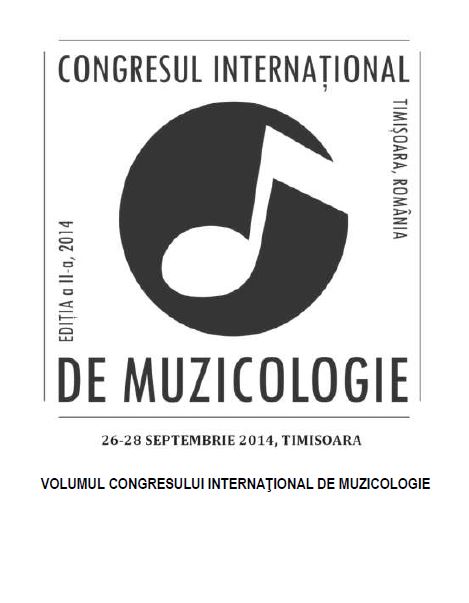Changes of Style and Repertory in the Instrumental Musicof Serbs,
Wallachians and Romanians in Serbia
Changes of Style and Repertory in the Instrumental Musicof Serbs,
Wallachians and Romanians in Serbia
Author(s): Nice FRACILESubject(s): Fine Arts / Performing Arts, Essay|Book Review |Scientific Life
Published by: Editura Eurostampa
Keywords: instrumental music; style; repertory; assymetric aksak rhythm; the bourdon isson; ornaments; double staccato; particular tremolos
Summary/Abstract: Along with the development of socio-economic and cultural life in the rural areas of Serbia, traditional musical instruments kept being developed and updated both in rural and in urban milieus. With the changes in the function of certain instruments, e. g. in the case of the pipe, the repertory has been changing, too. The latter has become much more sophisticated and demanding in terms of the performers’ interpretational capacities. Such repertory could not be performed on the traditional shepherd’s pipe; therefore performers themselves, with the help of instrument builders have tried to find new technical solutions. Only the wisest and the most talented artists succeded in that and they have as a rule been young, usually educated performers who have been introducing diverse expressive interpretative elements taken over from the world of serious music (e. g. glissando, staccato, specific accentuation and dynamic shades). Thus, the old style of interpretation was gradually withdrawn by young artists and partly substituted with a new one, which in case of some wind instruments implied creation of a specific new repertory as well. Much smaller is the number of those performers who are still cherishing the traditional style by performing ritual melodies in which we can also notice some new stylistic elements.While dealing comparatively with the instrumental music of Serbs, Wallachians and Romanians in Serbia, the author of this paper tries to answer to the following questions: How, when and for what reason have the changes in repertory and style of interpretation occured? Moreover, what have been the mutual influences and fertilizing effects? The changes of the style and the interpreting repertory will be illustrated by very interesting audio, video and notational examples, which will suggestively display the temperament, talent and creative spirit of the performers’ of traditional music in this region.
Journal: Congresul International de Muzicologie
- Issue Year: 1/2014
- Issue No: 2
- Page Range: 10-17
- Page Count: 8
- Language: English
- Content File-PDF

